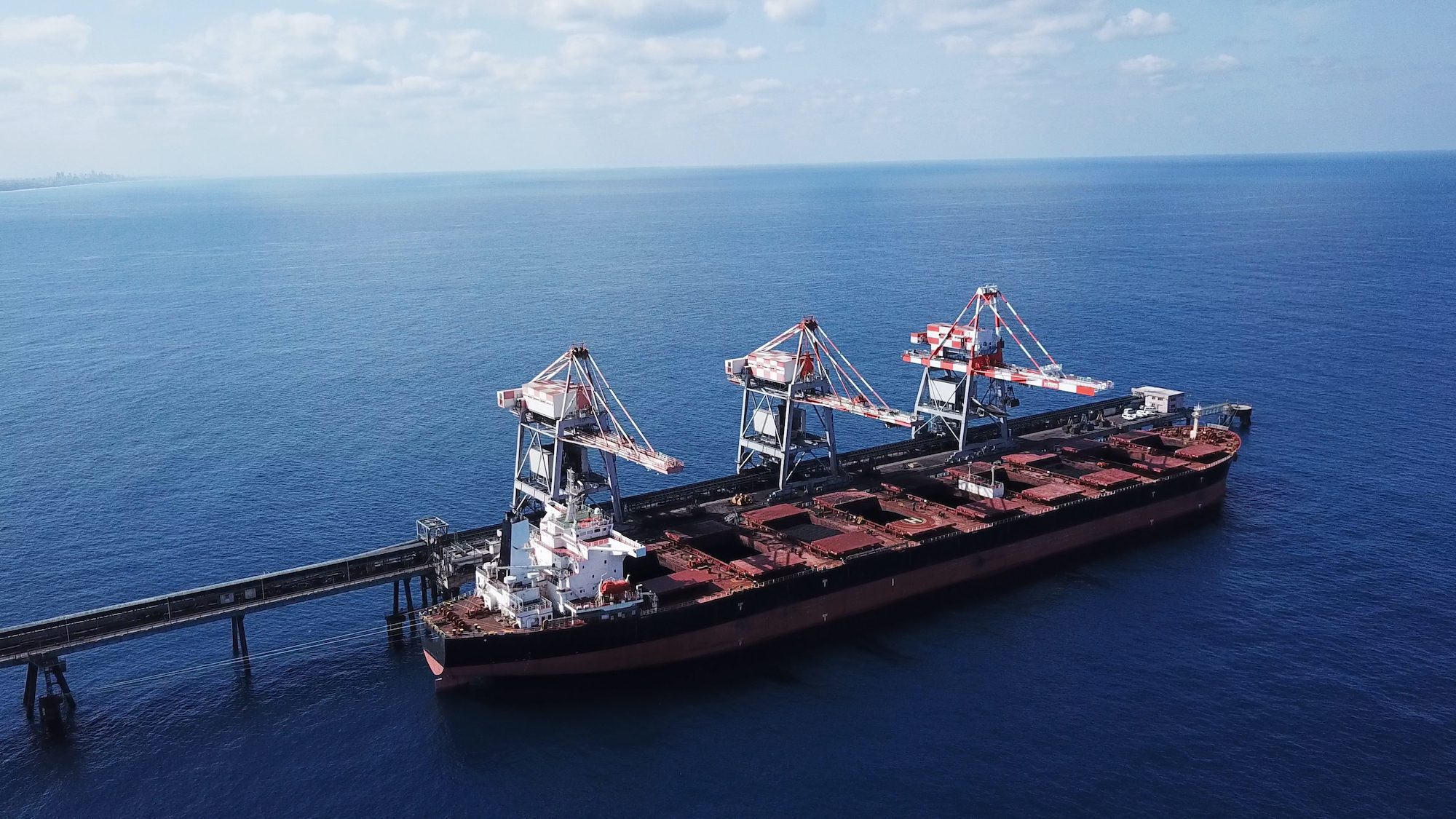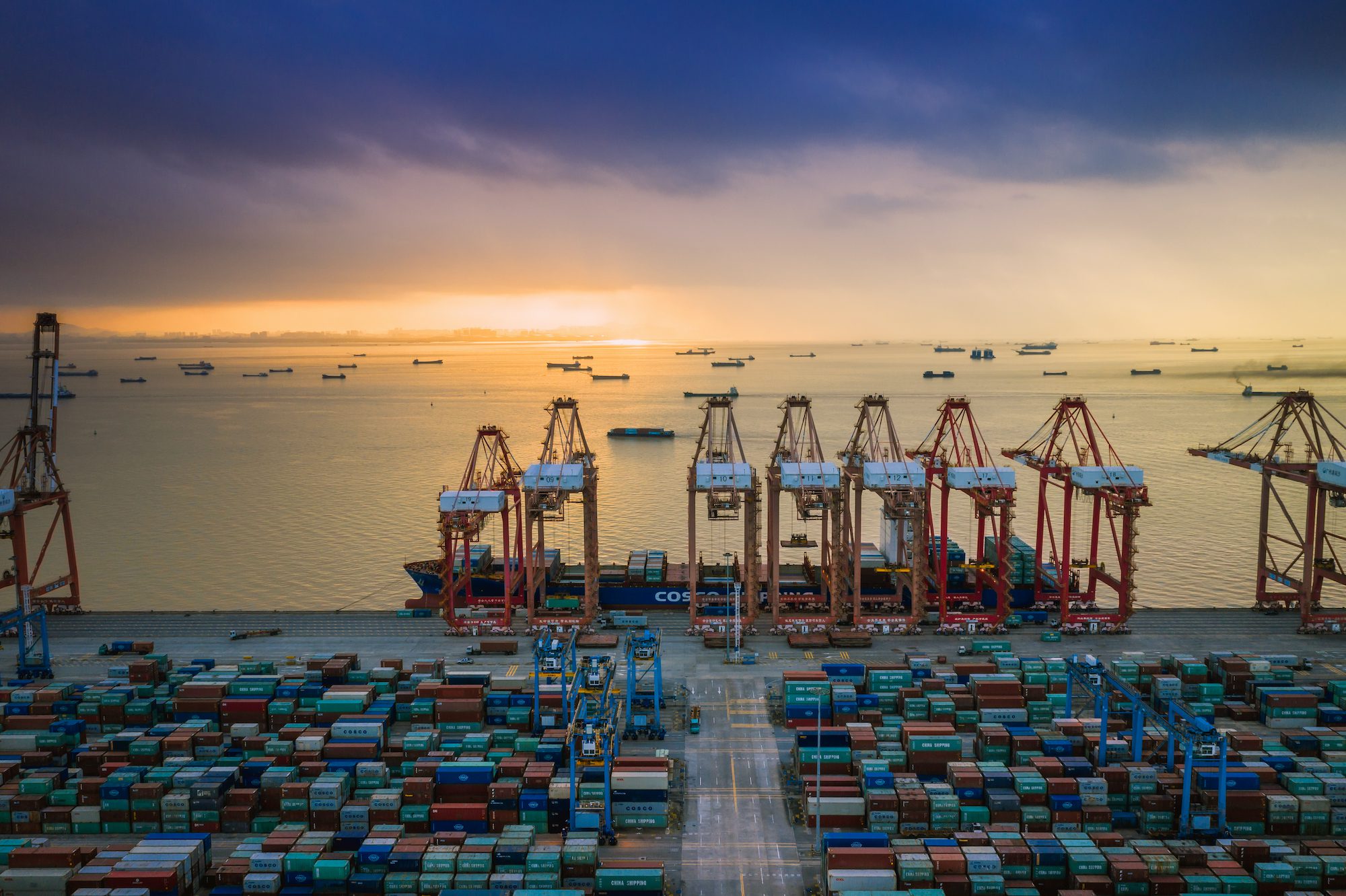By Ann Koh and Liz Ng (Bloomberg) —
Cargo ships suffering from weak Chinese demand for iron ore are finding a more lucrative alternative as the global energy crisis spurs a greater need for coal.
Miners and traders are slashing shipments of iron ore, the second-most widely traded seaborne commodity, and re-assigning their bulk carriers to highly unusual coal routes to prop up earnings. More vessels are ferrying the fuel from Russia to China and from Australia to Europe, according to owners, brokers and traders.
The cargo switching comes as a deepening crisis in China’s housing market is dousing hopes of a demand recovery in iron ore. Meanwhile, coal has seen a resurgence after Moscow’s invasion of Ukraine forced countries to replace Russian gas.
Bulk ships typically seek out stable long-term contracts of one commodity and stick to it, but when profits are more attractive elsewhere, vessels can temporarily switch to pick up other types of cargoes.
Some of the largest iron ore ships, known as Capesizes, are carrying Russian coal to China and India. In a normal market, this strategy is usually shunned by traders because Russian coal ports like Ust Luga don’t have waters deep enough for Capesize vessels to load up fully, forcing ships to take only partial cargoes.
But about 33 Capesize vessels this year have called at Ust Luga in the far northwest of Russia, up from a lone ship observed from 2015 to 2021, said Harry Grimes, an analyst at Arrow Shipbroking Group.
Meanwhile, Australian coal is heading to Europe as the continent seeks to replace supplies from Russia, said Ulf Bergman, a senior economist at maritime data provider Shipfix. The number of such voyages in September rose to 26, a monthly record since the company began tracking data in 2017.
“The vast majority of the shipments were on Capesizes,” said Bergman. “This has obviously offset some of the negative effects stemming from lower iron ore demand.”
Capesize and Panamax ships moved about 20 million tons more coal in the first 10 months of this year compared to the same period in 2021, while they transported 18 million tons less iron ore, said Grimes.
To be sure, the increased focus on coal hasn’t rescued shipowners from the ripple effects of China’s economic slowdown. The Baltic Dry Index is down 50% from a year earlier, tracking the dismal performance of iron ore prices. And while global coal demand is surging, imports to China are slowing as the country ramps up domestic production.
Looking ahead, Beijing’s adherence to Covid Zero policies will likely continue to complicate progress in construction projects, weighing on iron ore consumption and freight rates.
Shipping “desperately needs a healthy Chinese property market,” said John Kartsonas, founder of commodities investment firm Breakwave Advisors LLC. “Unless we see some signs of recovery there, Capesize rates remain vulnerable to patches of significant weakness.”
© 2022 Bloomberg L.P.

 Join The Club
Join The Club











